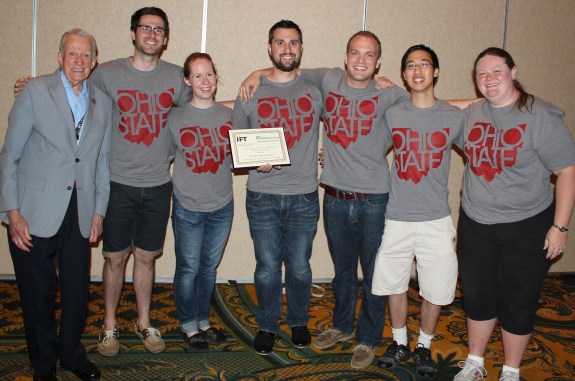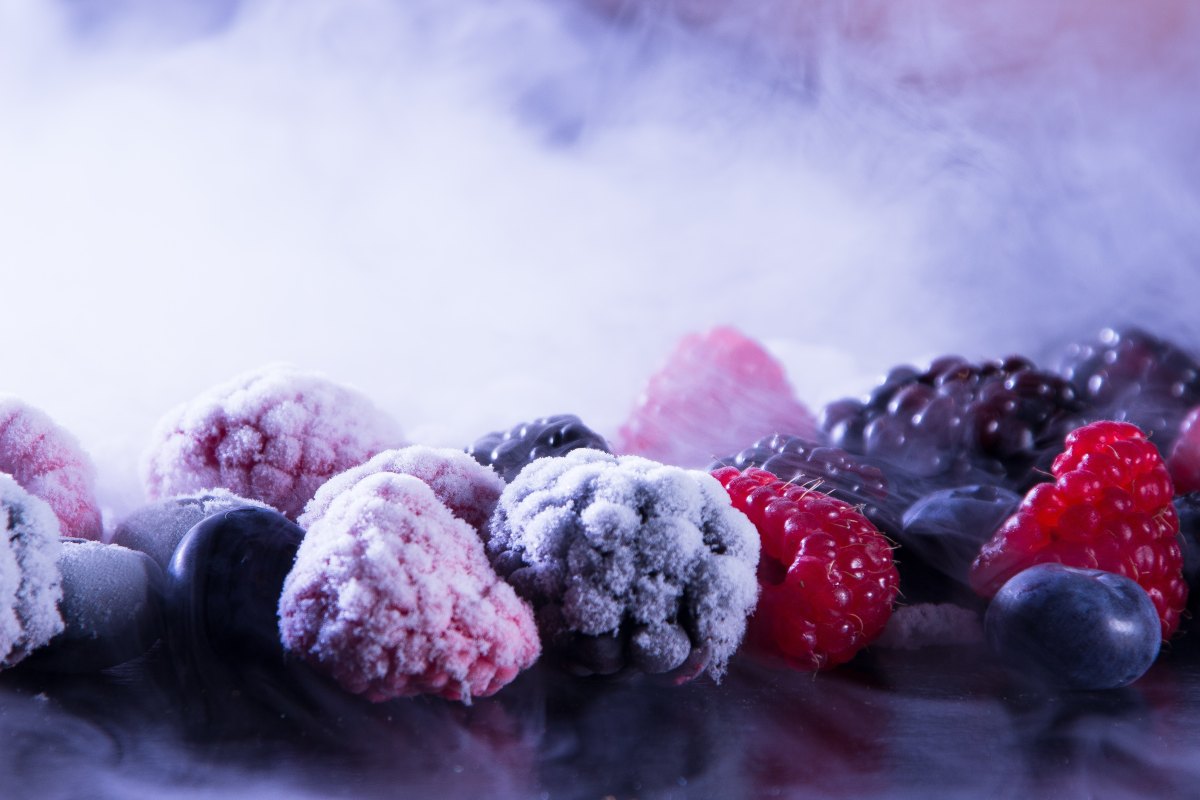I had the opportunity on March 4-6 to attend the Mid-America Food Processors Association (MAFPA) Meeting at Purdue University in West Lafayette, IN.

After checking into my hotel room I wandered over to the Nelson Hall of Food Science where I got a tour of the facilities and mingled with the food processors. We got to see a myriad of tomatoes as part of a trial at Ohio State in a collaboration of Dr. David Francis, a plant breeder and geneticist in the Department of Horticulture and Crop Science, and the Food Industries Center in the Department of Food Science and Technology, lead by pilot plant supervisor Steven Simmons. The project explored different tomato varieties, bred by Dr. Francis, and how they stood up to processing as juice, whole peeled tomatoes and tomato dices. I must say, the smell of a couple dozen types of tomatoes reminded me of my time at UC Davis working on the T4 tomato variety trial, spending all week testing pH, titratable acidity, Bostwick viscosity, color and Brix of hundreds of tomatoes. While I enjoyed my time working on that project, I will never look at processed tomatoes the same way again.
The second day of the meeting involved many speakers covering a wide variety of topics relevant to the food processing industry. First, Dr. Brian Farakas, department chair at the Purdue Department of Food Science, talked to us about partnerships between industry and academia. He pointed out what defines a good partnership including common interests and goals, being mutually beneficial, having agreed upon expectations, having good communication and having a champion who has a real interest in the project. He pointed out that a good partnership is not defined as fun, which may be something students in particular often overlook. Next we heard from Wallace Tyner about the impact of energy and emissions on the environment and learned what would happen to the global climate if energy consumption continues as it has. This was followed by Doug Adams who presented the impacts of the “Cans Get You Cooking Campaign.” We learned that February is National Canned Food Month and that the average person has about 100 meals per year that contain come component of canned food. This was followed by Brian Hendrickson, a consultant who updated us on the impacts of the Food Safety Modernization Act (FSMA) on the processed food industry. The last speaker was Marland Buckner, who gave us a perspective on the impact of the Farm Bill.
The last part of the program was both a beer and wine tasting. The beer tasting was led by Chris Johnson, owner and head brewer at People’s Brewery in Layfayette, IN. Chris gave us a little insight into the craft brewing industry and how it has grown recently. We also got a little history on the craft brewing industry in Indiana before tasting three beers from the brewery. This was followed by a wine tasting led by Dr. Christian Butzke, professor of enology at Purdue. We learned about the growth of the wine industry in Indiana and the US as a whole. This was followed by a tasting of three wines.





